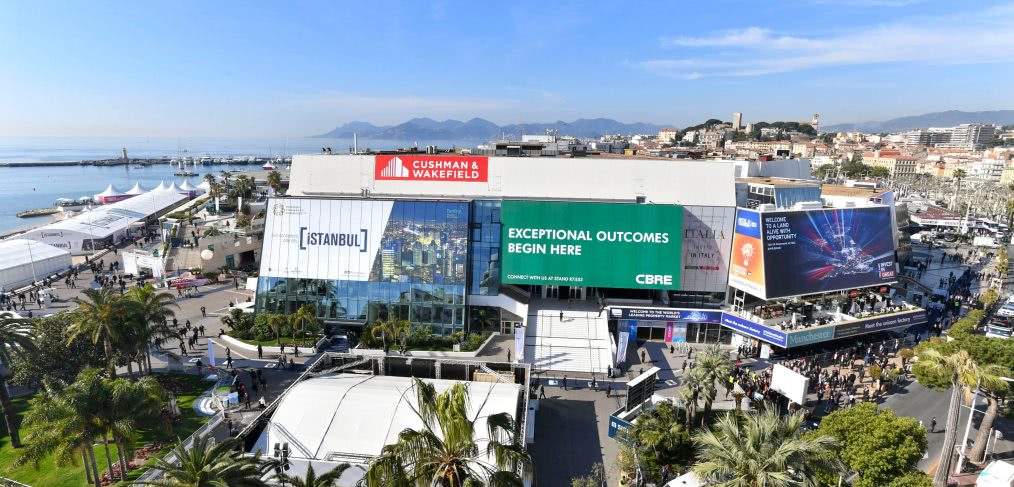
5 Ideas Inspired by MIPIM 2017
You can call it optimism or you can call it delirium, but either way, the mood at MIPIM this year was decidedly can-do. From tackling the housing shortage to designing for refugees, the prevailing sentiment was this: In the face of uncertainty, let’s make a difference where we can. With that go-getter sentiment in mind, here are 5 ways we were inspired by MIPIM to address the big issues facing our cities today:
1. Embrace the live/work/learn mashup.
For too long, commercial office buildings have functioned as islands of development. Fortunately, live/work environments are cropping up on a small scale to remind us that these days work is rarely disconnected from life. It’s time for large companies (and their offices) to catch up. Smart mixes of office, residential and educational places will give developers flexibility, local authorities greater connectivity and businesses a route to close the ever-broadening skills gap.
2. Force “placemaking” into retirement
Over time, the term “placemaking” has drifted from the conceptual to the prescriptive, suggesting material features like planters and plazas can somehow be the engines of productive and vibrant places. It’s time we refocus on what really builds great communities—spontaneity, connectivity and community—and design and develop accordingly. In the process, we must find a new word for placemaking based more on people than place.
3. Make rental resi about more than demographics.
Renters today have choices, and they will make purchasing decisions based as much on their likes and dislikes as their ages and incomes. As providers of build-to-let housing, we must start to get to know them better—or risk selling both the people and product worryingly short. It means pushing the envelope in terms of design and considering brand, lifestyle and experience in ways once reserved for hotels.
4. Come out of the dark on transport hubs.
Infrastructure investment across the UK and Europe means there is no shortage of excitement about how best to leverage new hubs. The problem is that everyone wants what others have, but no one knows how to wade through complexity to get it. Tools like our Modex measuring system are a start; we must do better at studying what good looks like, linking it to demonstrable social and economic outcomes and applying it to the planning and design of new transport destinations.
5. Connect the shopping experience dots.
Shopping and leisure centres in the UK seem to be divided into two categories, and never the twain shall meet. One on hand, there are conventional malls like Westfield and other the other, cool new pop-up districts like Box Park. This separation is a missed opportunity to attract today’s authenticity-seeking consumer and reap the community-building benefits of highly integrated retail and dining destinations. We must get smarter about experience (rather than just asset) management.

MIPIM 2017 was surely a really inspiring event! Dominic Rebello and Arron Adam who were there for GenieBelt shared their experiences and some interesting thoughts in the interview that just got published on our blog today. Feel free to take a look and offer us your own feedback from the event.
https://geniebelt.com/blog/our-impressions-of-the-worlds-leading-property-market